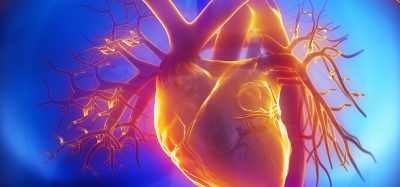Expert view: Call to action: establishing the protein-binding properties of oligonucleotides
Posted: 12 September 2019 | NanoTemper | No comments yet
The number of oligonucleotide-based platforms on the market is constantly increasing and has led to the emergence of innovative nucleic acid-based therapeutic modalities such as CRISPR-Cas, sgRNAs or mRNAs.
The increasing number of investigational new drugs (INDs) and investigational medicinal product dossiers (IMPDs) reflects the importance and potential of these technologies. Over the last three years, several nucleic acid-based drugs have been approved, including three antisense oligonucleotides (Spinraza®, Tegsedi® and Waylivra®) and one lipid nanoparticle (LNP)-formulated siRNA for the treatment of hATTR amyloidosis (Onpattro®).
The mode of action of many therapeutically relevant oligonucleotides depends on their interaction with proteins present in the target cells or in circulation. Chemically unmodified nucleic acids exhibit low stability in the biological environment and are often quickly degraded. In addition, oligonucleotides are rapidly cleared from the body by renal filtration due to lack of binding to larger plasma proteins. Binding to albumin or other circulating proteins can prolong the circulation half-life and facilitate the distribution from the injection site to peripheral tissues. Analysing and understanding the interactions of nucleic acid therapeutics with plasma proteins are therefore important steps during oligonucleotide drug development.
There are several approaches that modify the pharmacokinetic properties and the tissue distribution of nucleic acid-based therapeutics. Formulation in LNPs, conjugation to receptor ligands and the chemical modification of the sugar moieties, the bases or the phosphate backbone are some examples. Despite the importance of these interactions, analytical methods suitable for characterising equilibrium binding constants with proteins are not readily available, or the ones that exist are flawed, with disadvantages such as the use of radioactive material (EMSA), dilution effect (equilibrium dialysis) and costly equipment (ultrafiltration) to name just a few. As a result, there is a need for fast, easier and more reliable methods to monitor and characterise the oligonucleotide’s protein-binding properties in order to develop safer and more effective drug candidates.
Related topics
CRISPR, RNAs, Technology, Therapeutics
Related organisations
NanoTemper







